You have been for a snorkel and had a great time. But what was that small bright blue fish called? How about the long silver thing with a black tail? And there was that school of disc shaped yellow things.
Thankfully, there are a range of apps, guidebooks, online resources and image searchers that will help you identify what you see underwater.
Here is a quick list of resources that can help you with your fish identification.
Disclosure: Please Note That Some Links In This Post May Be Affiliate Links, And At No Additional Cost To You, We Earn A Small Commission If You Make A Purchase. Commissions Go Toward Maintaining The Snorkel Spots Website.


Google Lens
Google Lens is a reverse image search where you upload an image and Google searches its massive database to find a match. Most of the time it works very well.
Google Lens is available on all mobile phones, tablets, laptops and desktops through the Google browser. Just click/tap the little camera icon in the Google search bar to upload your image and Google does the rest.
The main downside to Google Lens is that you need to have an image to upload and have an internet connection.
There are alternatives to Google Lens such as Tin Eye (mobile and laptop) and CamFind (Android) but they use much smaller databases so they can struggle to match your picture.
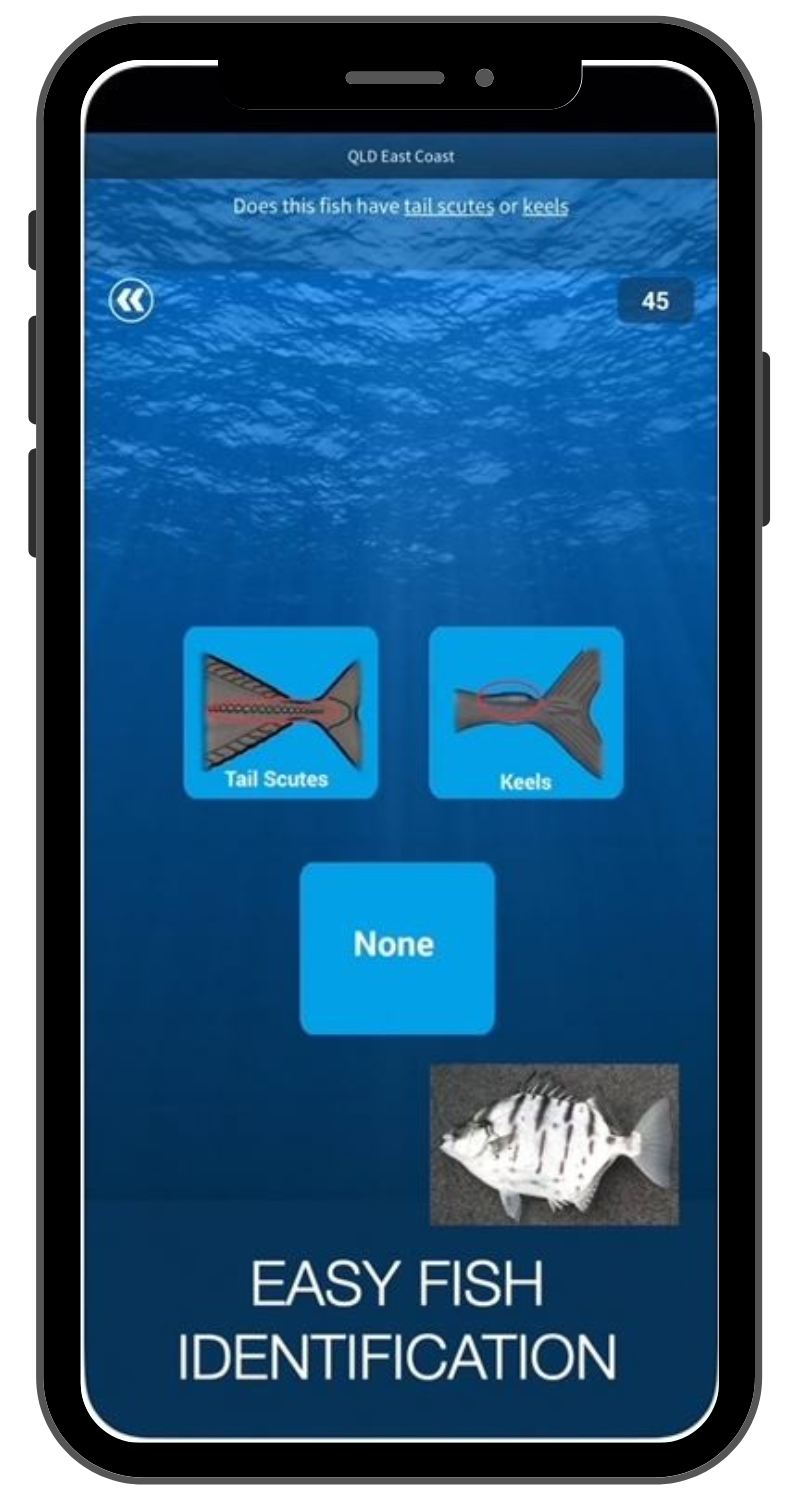
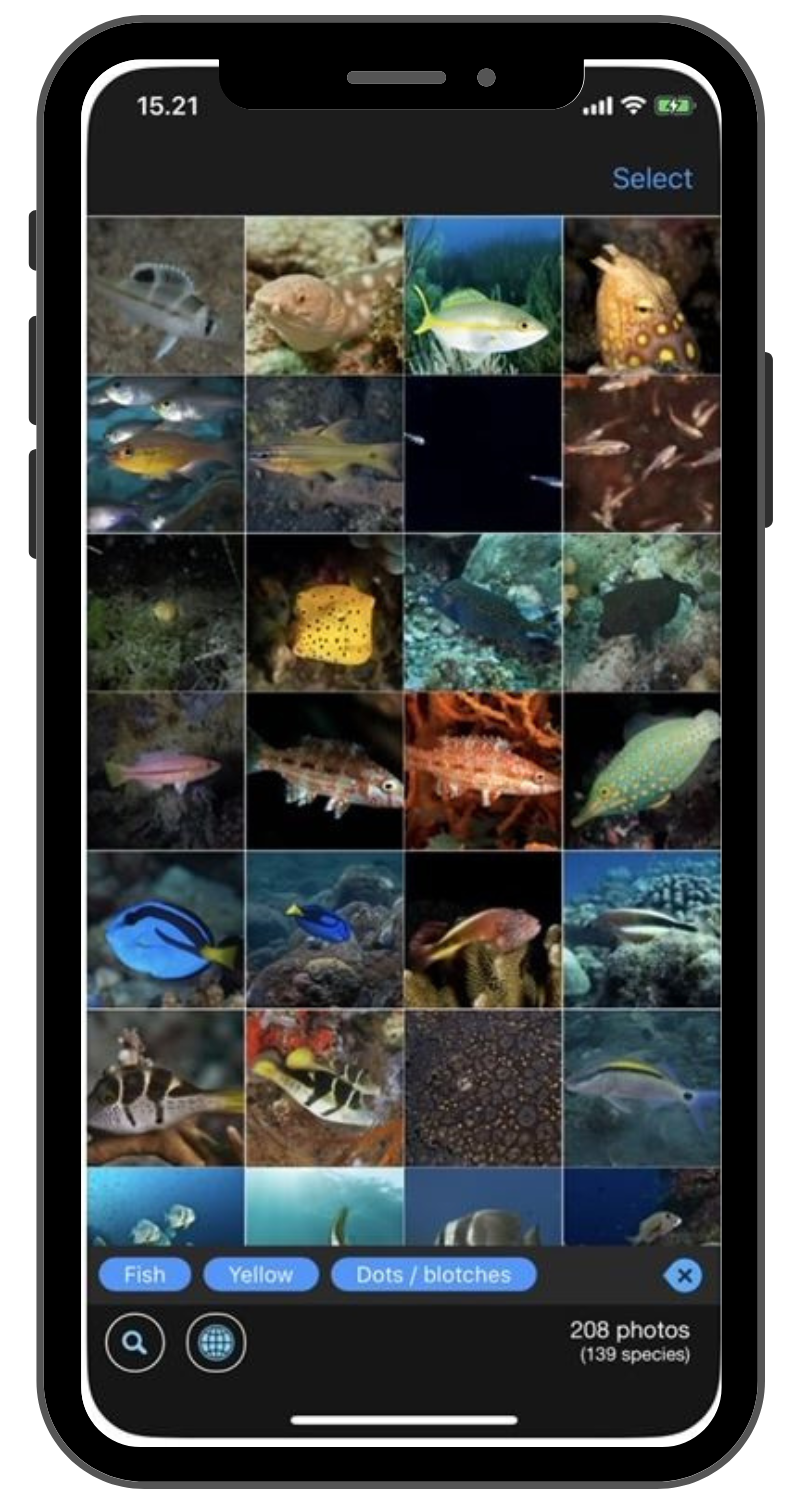
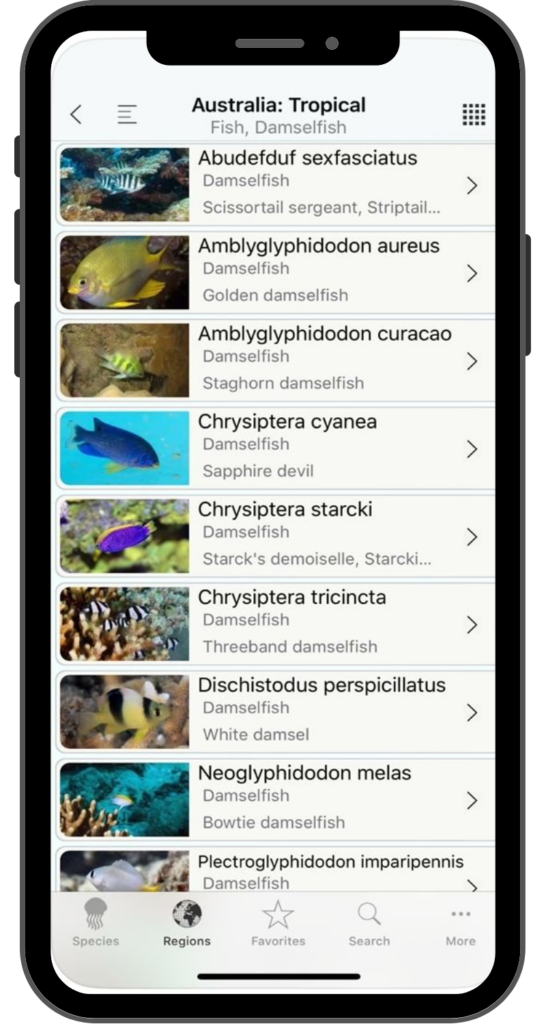
Fish Identification Apps
There are a range of apps for identifying fish but there are a few things to be aware of.
The first is cost. Some are free to use initially then revert to a regular fee. Others you need to purchase upfront to use. Free versions of apps sometimes don’t have the full range of features and on free apps and you might need to put up with ads.
Another issue with fish identification apps is accuracy and coverage. Some have mixed reviews with their accuracy, so it pays to do a bit of research before you go down that path.
Coverage refers to the how many fish the app has in its database. There are nearly 30,000 fish species but some of the apps that are designed to work across multiple regions have a database of 10% of species or less.
Also be aware that some apps are also used by fishers so have information on bag and size limits.
But if you want to look at some of the apps try idFish (for Australia), Whatfish, Reef Life Pro, Dive Planit and Picture Fish.
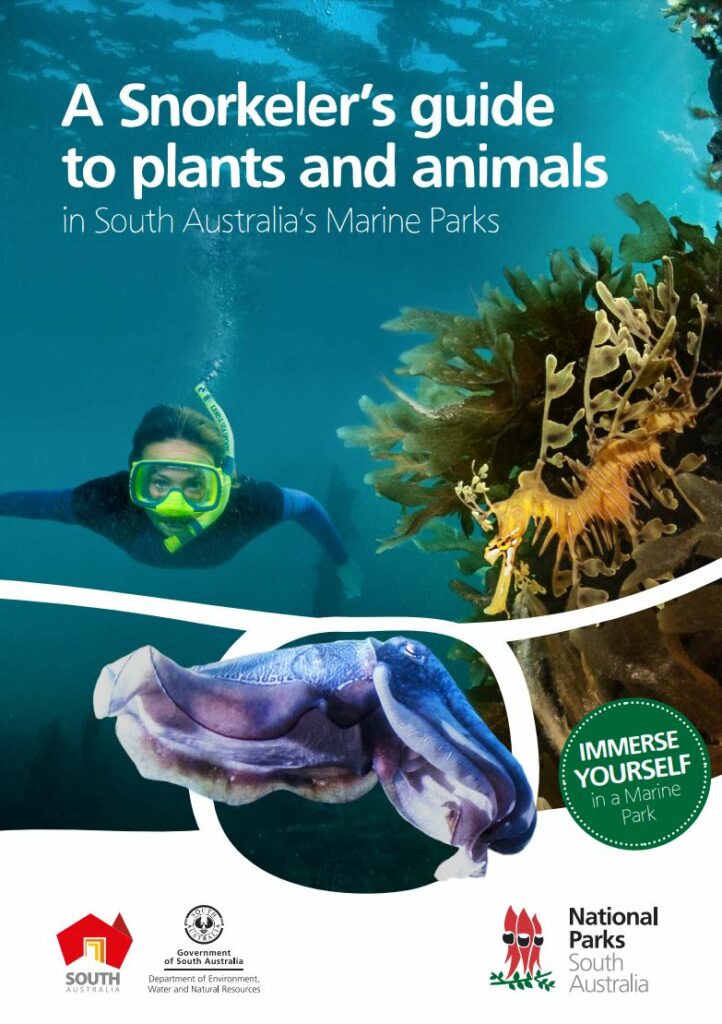
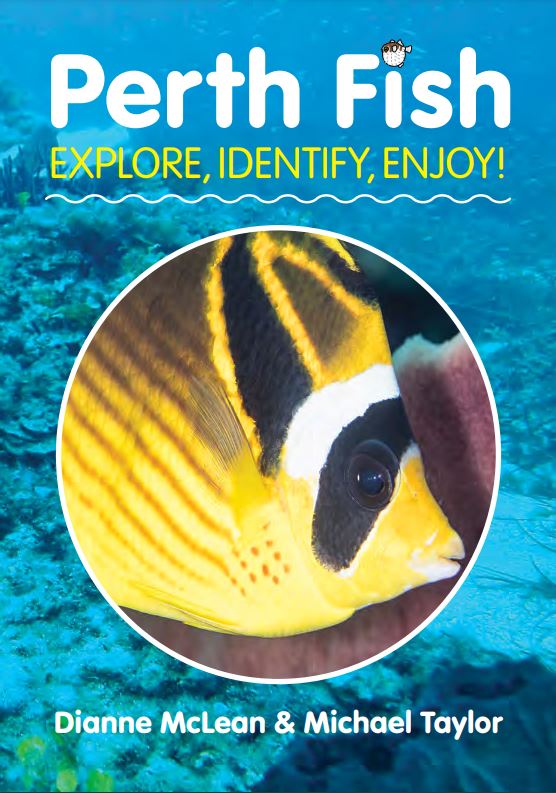
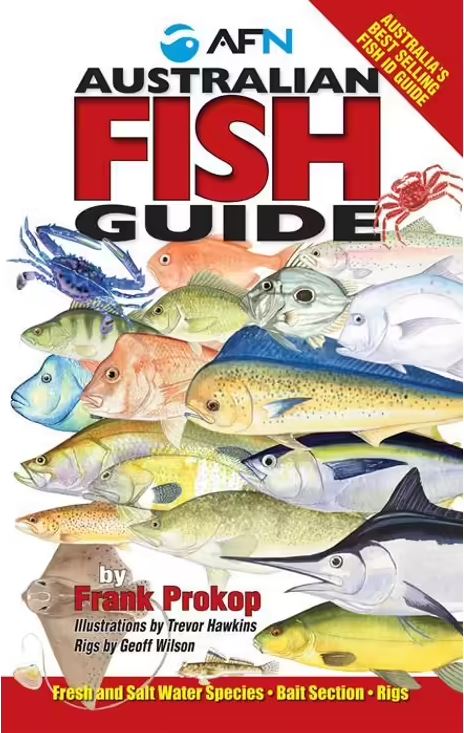
Regional Guides & Apps
Some of the best resources for identifying fish come from regionally based guides and apps. If you do most of your snorkelling or diving in one region, these can be your best source of information.
Online Resources
A quick internet search will often show guides from government departments or parks and wildlife services. You might also find an app dedicated to identifying fish in a region.
Examples of these types of resources in Australia include:
Online Guides
- New South Wales – Department of Primary Industries guide
- South Australia – Snorkellers Guide to Plants and Animals
- Queensland – The Fish Species Guide
- Perth – Perth Fish Guide
Apps
- Western Australia – RecFishWest
- Queensland – QLD fishing 2.0
Guidebooks
Most states and regions will also have guidebooks for local marine life. There is still a place for an actual book and if you don’t have a picture of the fish to start with, flipping through a fish guide is a good way to go.
Often you can get guidebooks for quite small regions. Sometimes PDF versions are available online. Local visitor centres, dive shops and fishing shops are all good places to look.
These guidebooks are fantastic if you mainly do your snorkelling in one region.

Helpful Hints for Identifying a Fish
While some fish identification tools work off a picture you have taken, others rely on a description. These tools are called identification keys.
Keys require you to enter different characteristics of the fish you have seen; each piece of information narrows down what you might have spotted. Some fish identification apps use the key method.
The sort of information you need to know for a key include:
- The shape of the fish
- The shape of the tail
- How many fins it has
- The position of the fins
- Main colour
- The size and position of the eyes
So, if you see a fish and don’t have a camera, make sure you have a good picture of it in your mind!
Here is an example of a key produced by the Australian Museum.

Why Identifying Fish is Tricky
With all these tools, you would think it should be easy to figure out what fish you saw on your snorkel.
Local fish guides will usually tell you about the fish most commonly seen in a region but there are a few things that can make naming a fish a bit tricky. These include:
- Differences between male and females of the species
- Differences in appearance between the juveniles and adults of a species
- And, to top things off, the same fish can have different names in different regions.
But don’t be put off! From an angelfish to a zebra perch, learning the names of what you see underwater is a great way to get a better appreciation of the underwater world.
- Fun Facts about Sharks - February 15, 2024
- Where can you Safely Swim with Sharks in Australia? - February 15, 2024
- How to Snorkel – 15 Tips for Beginners - February 15, 2024

